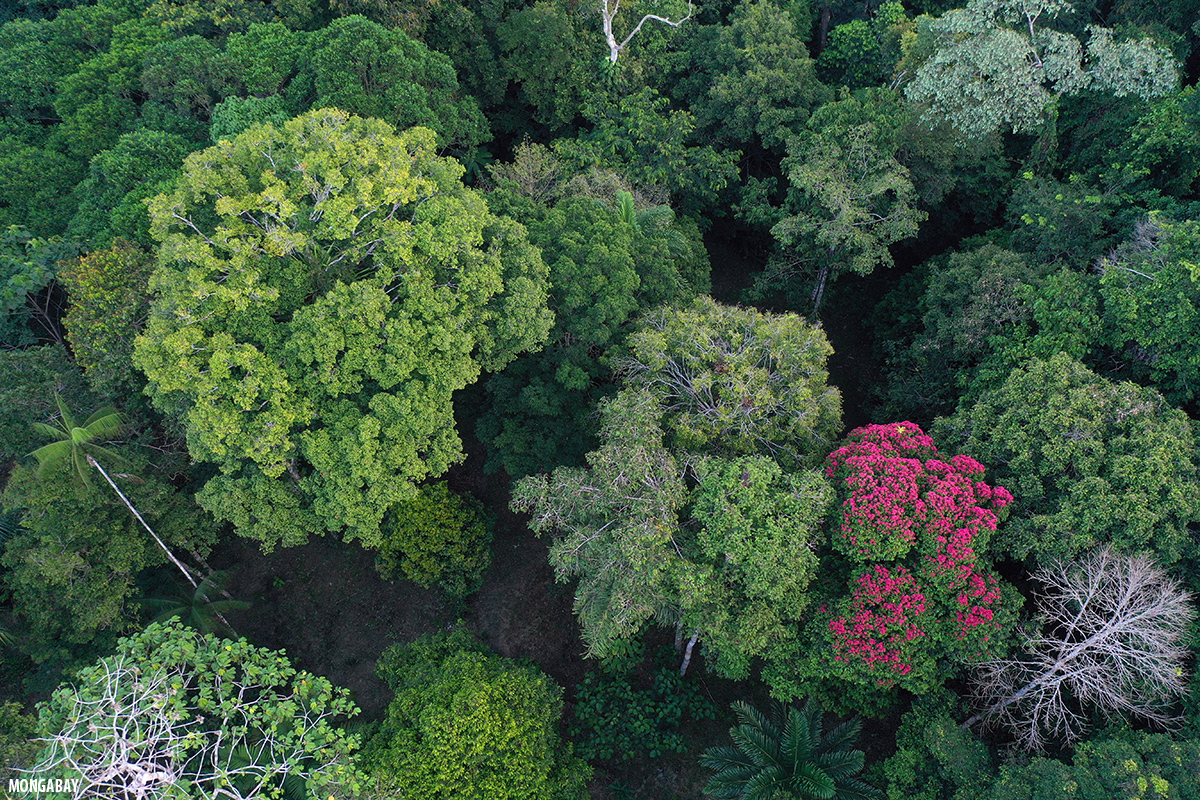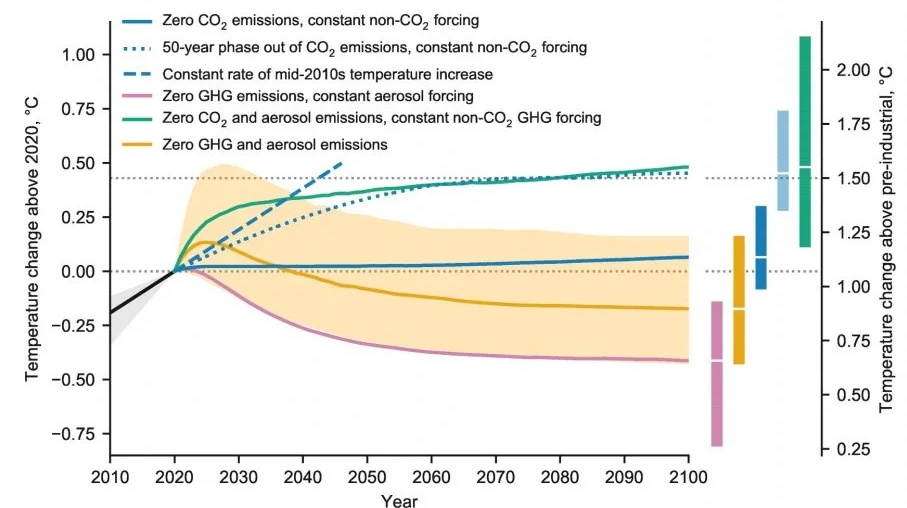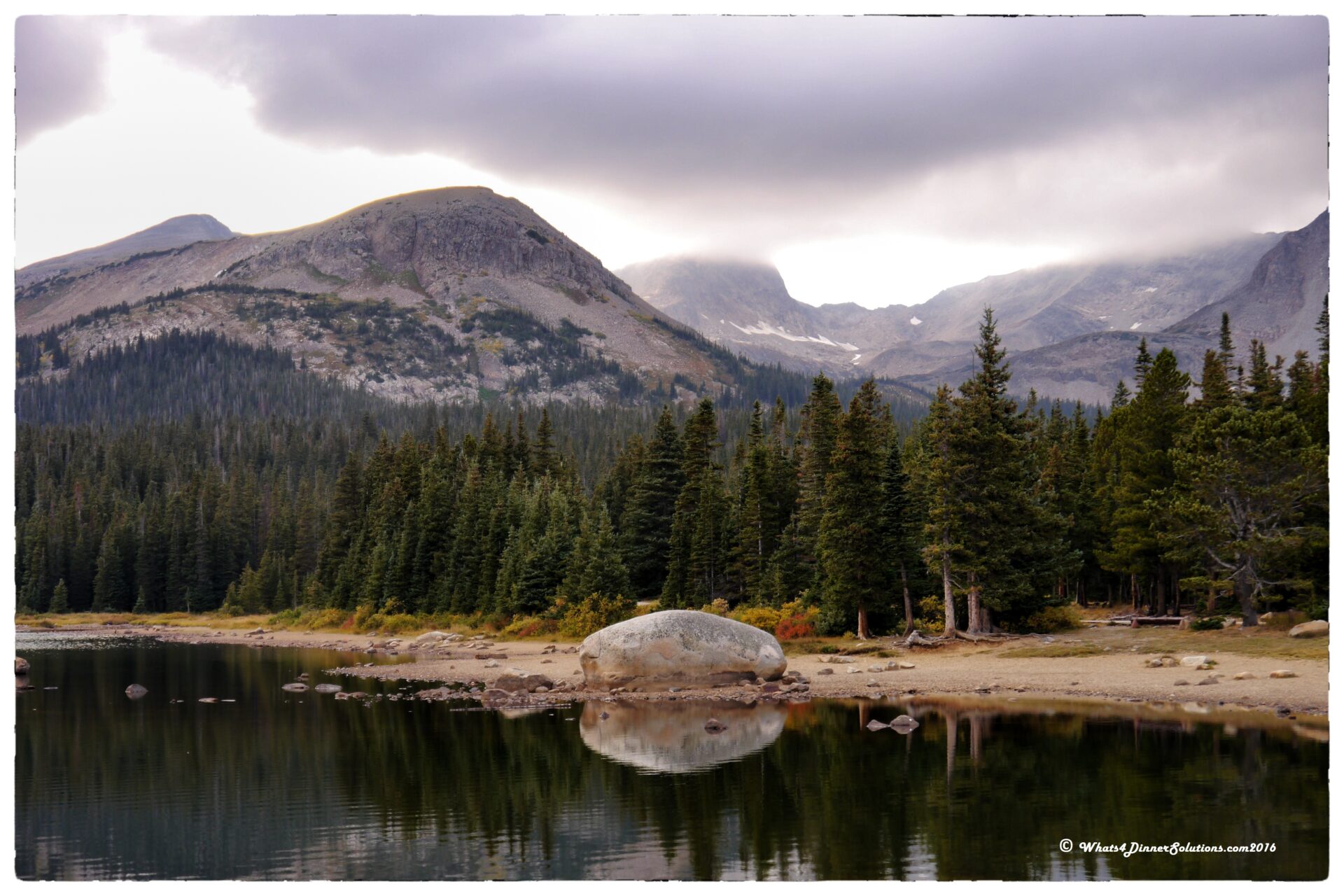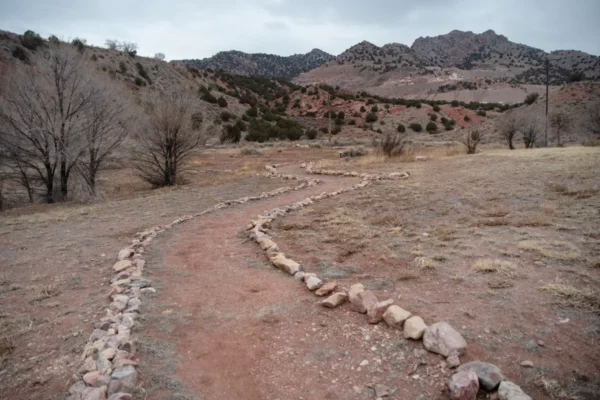I’ve been following this New Zealander recently – mainly because his hobby is restoring old cars and turning them into EVs – it’s pretty simple, in the scheme of things. Probably easier and less costly than restoring an old combustion engine. From there, I found out he also reviews EV cars in New Zealand – by driving all around New Zealand, which is fun on many levels, to me anyway. As you’ll see in this video, he also represents an electric company in New Zealand that uses only renewables and he has expanded to reviewing larger EV equipment.
I’m excited to see that electric technology is moving into more and more diesel engine territory. And when I have time, I’ll go looking for USA examples. But for now, I enjoy his excitement for all things electric.
So this video led me to do a little exploring on lithium iron phosphate batteries – especially their flammability. Turns out one of their properties is they are slow to burn when pierced (they will burn once pierced, but it can take up to 8-minutes+ at a slow burn vs. bursting into flames).
And that led me back to Matt Ferrell and his video on some of the current battery technologies:
I also have some videos and articles on battery life and recycling that we can cover in another post (before the “but what about recycling and environmental hazards” crew weighs in on this post).
Anyway, that’s what I’ve been doing in my spare time this week, watching all things EV. I am digging more into the IRA and Rewiring America but it is still at the overwhelming and not quite concise stage, so I’m waiting to write an update on all of it. CO seems to be dragging its feet on guidance, if your state is doing better, let me know and get me links, pretty please.
I was looking at taking advantage of electrifying my house this year with the incentives, but a new roof derailed my plans. I will start again on that research and keep y’all in the loop.
Anyone looking at purchasing an EV this year? Looks like there will be some good tax credits (info here and here) and some rebates, make sure your dealer is knowledgeable before you buy. Kelley Blue Book has a breakdown by state of cash rebates available, here. Of course, double-check with your state for requirements.
Climate Solutions: EVs and Battery TechnologyPost + Comments (152)










 Kate Johnson, a volunteer with the Western Interior Paleontological Society, cleans mud from a tibia bone of a sauropod dinosaur on Jan. 27 in Cañon City. (Olivia Sun, The Colorado Sun via Report for America)
Kate Johnson, a volunteer with the Western Interior Paleontological Society, cleans mud from a tibia bone of a sauropod dinosaur on Jan. 27 in Cañon City. (Olivia Sun, The Colorado Sun via Report for America)
